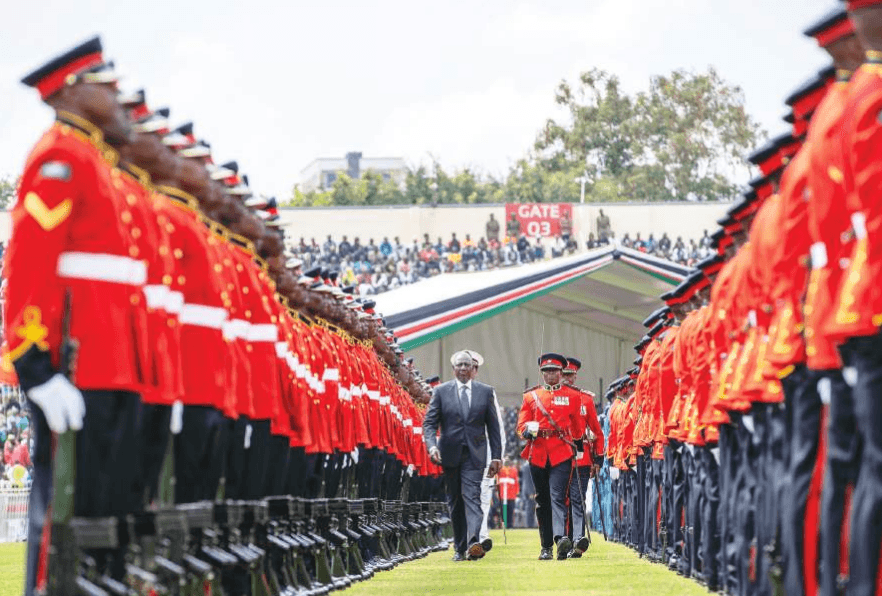Impact from the conflict in Ukraine on air travel has been limited, according to the International Air Transport Association (IATA).
It further said effects of the Corona virus Omicron variant continued to be largely confined to Asian domestic markets.
The latest IATA industry report shows total traffic in March as measured in revenue passenger kilometers was up 76 per cent compared to March last year.
Although that was lower than the 115.9 per cent rise in February year-over-year demand, volumes in March were the closest to 2019 pre-pandemic levels, at 41 per cent below.
Domestic traffic was up 11.7 per cent compared to the year-ago, far below the 60.7 per cent year-over-year improvement recorded in February.
This largely was a result of the Omicron-related lock downs in China. March domestic revenue per customer was down 23.2 per cent versus March 2019.
International revenue per passenger rose 285.3 per cent compared to same period last year, exceeding the 259.2 per cent gain experienced in February versus the year-earlier period.
Most regions boosted their performance compared to the prior month, led by carriers in Europe.
“With barriers to travel coming down in most places, we are seeing the long-expected surge in pent-up demand finally being realised," IATA’s director general Willie Walsh said.
He added that unfortunately, there are long delays at many airports with insufficient resources to handle the growing numbers.
''This must be addressed urgently to avoid frustrating consumer enthusiasm for air travel,” he said.
African airlines had a 91.8 per cent rise in March compared to a year ago, improved compared to the 70.8 per cent year-over-year increase recorded in February.
Air travel demand is challenged by low vaccination rates on the continent as well as impacts from rising inflation.
Capacity in March was up 49.9 per cent and load factor climbed 14.1 percentage points to 64.5 per cent.
European carriers continued to lead the recovery, with March traffic rising 425.4 per cent compared to same period last year. It improved 384.6 per cent the previous month.
The impact of the war in Ukraine has been relatively limited outside of traffic to and from Russia and countries neighbouring the conflict.
Capacity rose 224.5 per cent, and load factor climbed 27.8 percentage points to 72.7 per cent.
Europe was followed by Middle Eastern airlines’ whose traffic rose 245.8 per cent during the month under review compared to similar period last year.
March capacity rose 96.6 per cent versus the year-ago period, and load factor climbed 31.1 percentage points to 72.1 per cent.
Latin American airlines ‘March traffic rose 239.9 per cent compared to the same month last year, a little change from the 241.9 per cent increase in February.
The region benefited from the end of bankruptcy procedures for some of the main carriers based there.
March capacity rose 173.2 per cent and load factor increased 15.8 percentage points to 80.3 per cent, which was the highest load factor among the regions for the 18th consecutive month.
North American carriers experienced a 227.8 per cent traffic rise in March, slightly down on the 237.3 per cent rise in February.
Capacity rose 91.9 per cent, and load factor climbed 31.2 percentage points to 75.4 per cent.

















